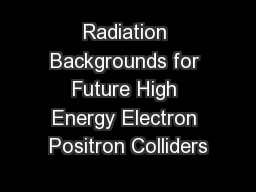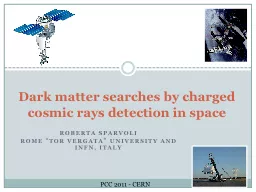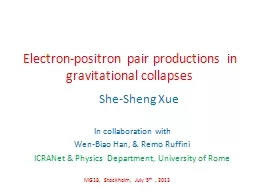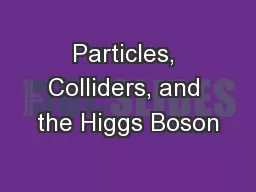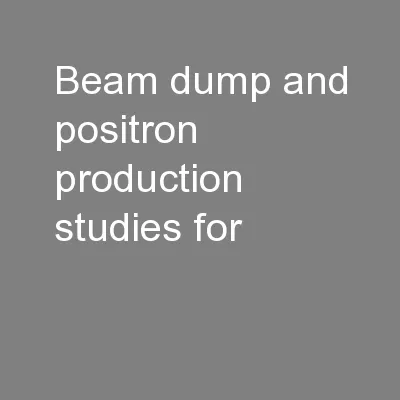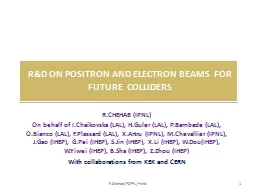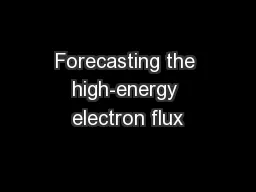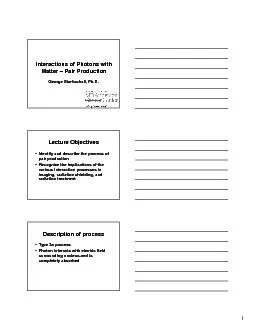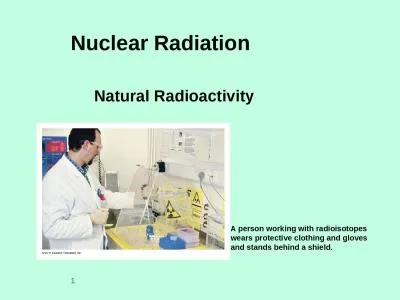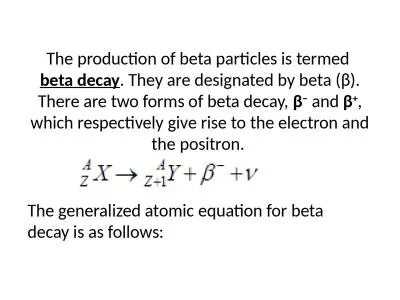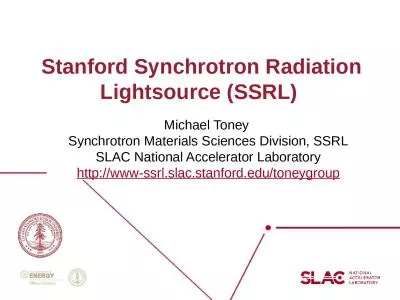PPT-Radiation Backgrounds for Future High Energy Electron Positron Colliders
Author : pamella-moone | Published Date : 2019-12-28
Radiation Backgrounds for Future High Energy Electron Positron Colliders Hongbo Zhu IHEP Beijing On behalf of the CEPC Study Group Workshop on the Circular Electron
Presentation Embed Code
Download Presentation
Download Presentation The PPT/PDF document "Radiation Backgrounds for Future High En..." is the property of its rightful owner. Permission is granted to download and print the materials on this website for personal, non-commercial use only, and to display it on your personal computer provided you do not modify the materials and that you retain all copyright notices contained in the materials. By downloading content from our website, you accept the terms of this agreement.
Radiation Backgrounds for Future High Energy Electron Positron Colliders: Transcript
Download Rules Of Document
"Radiation Backgrounds for Future High Energy Electron Positron Colliders"The content belongs to its owner. You may download and print it for personal use, without modification, and keep all copyright notices. By downloading, you agree to these terms.
Related Documents

